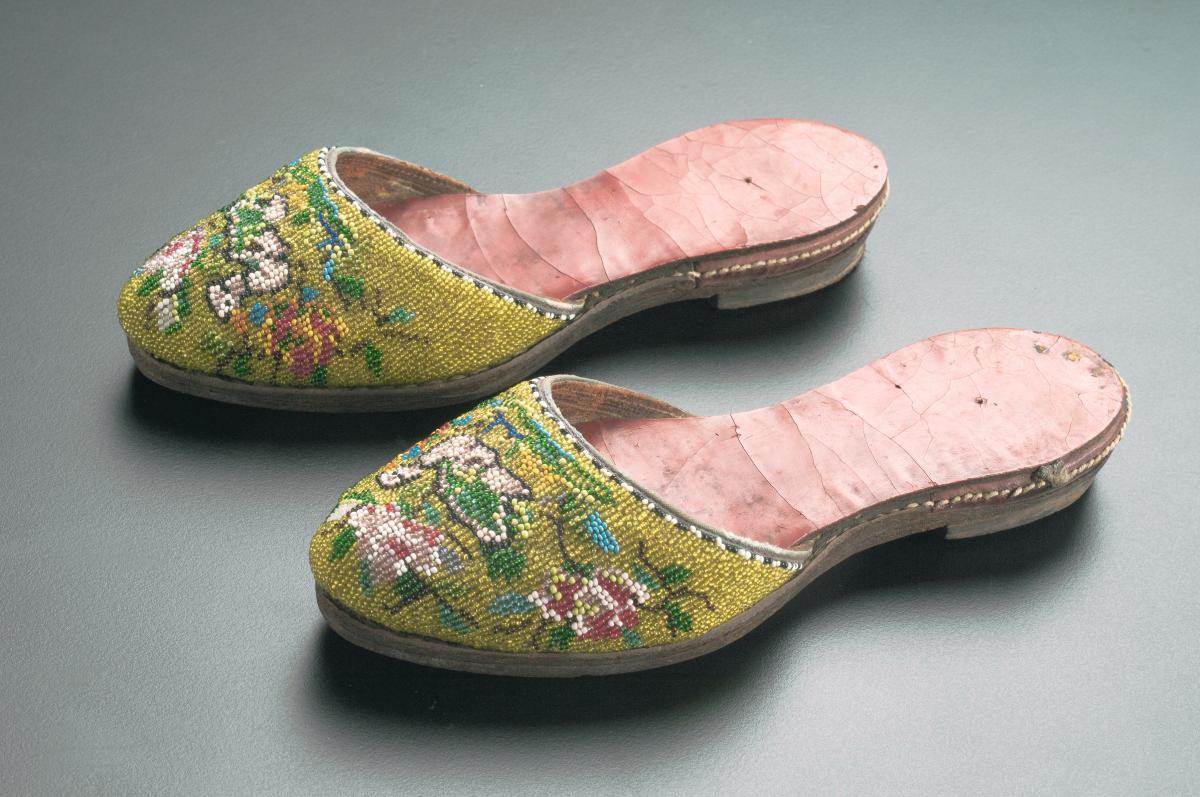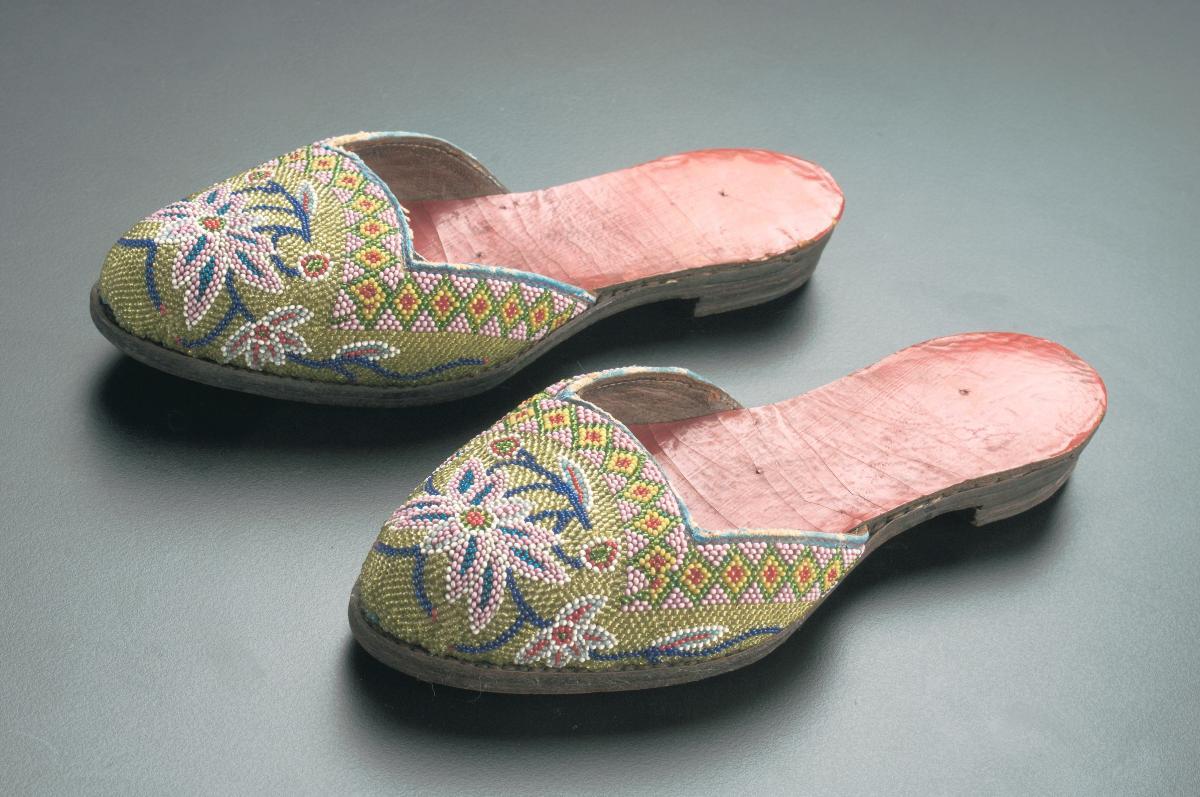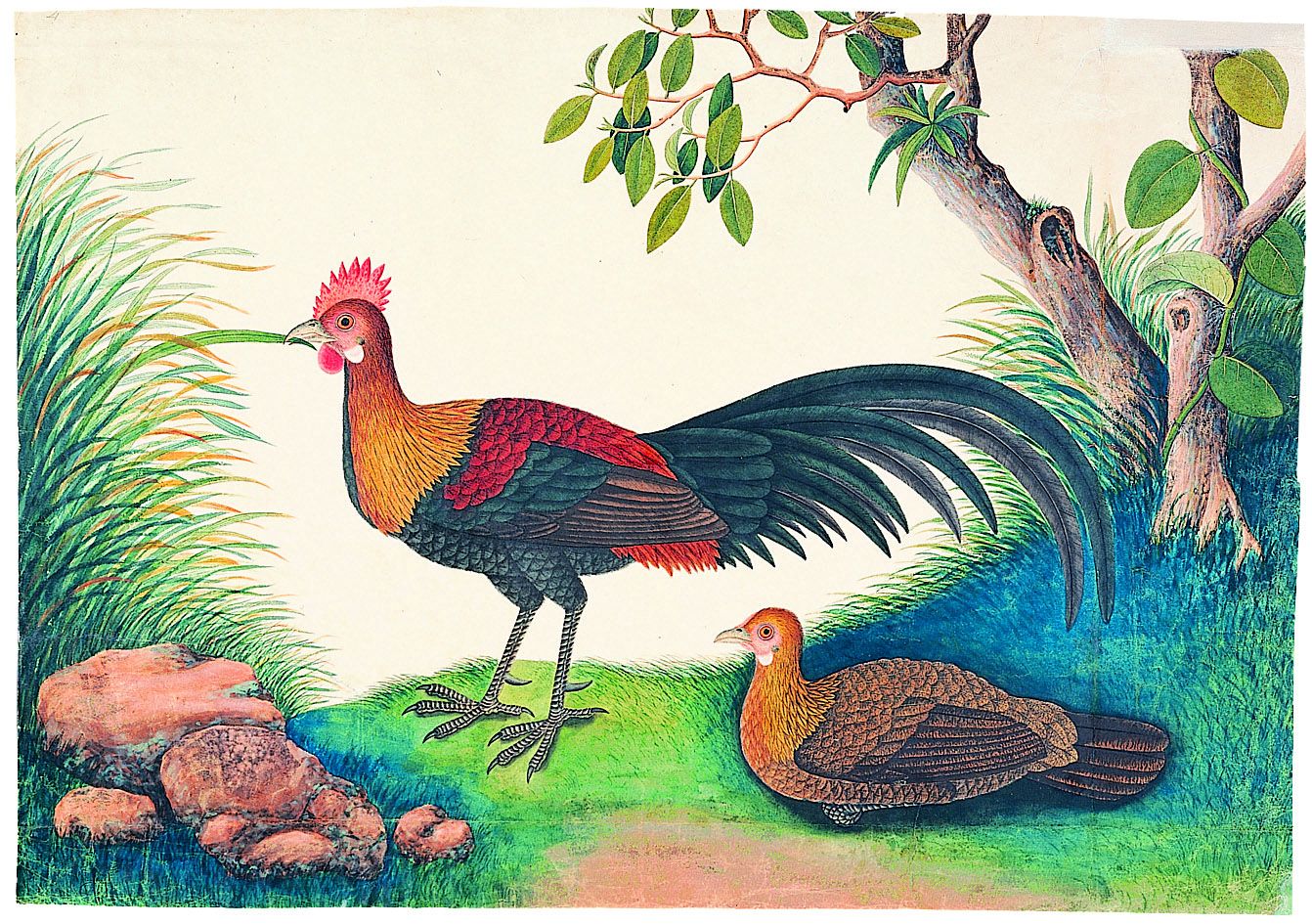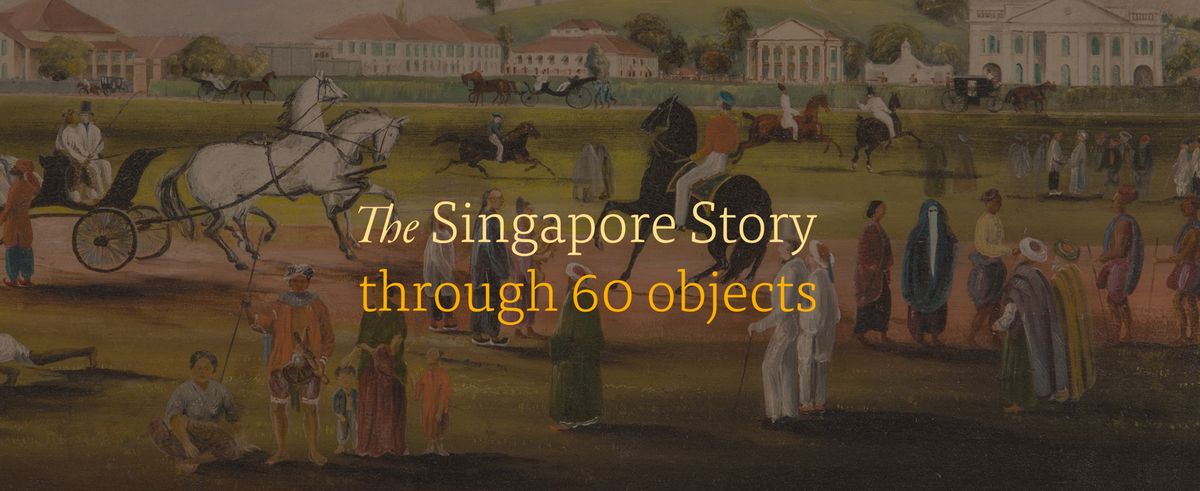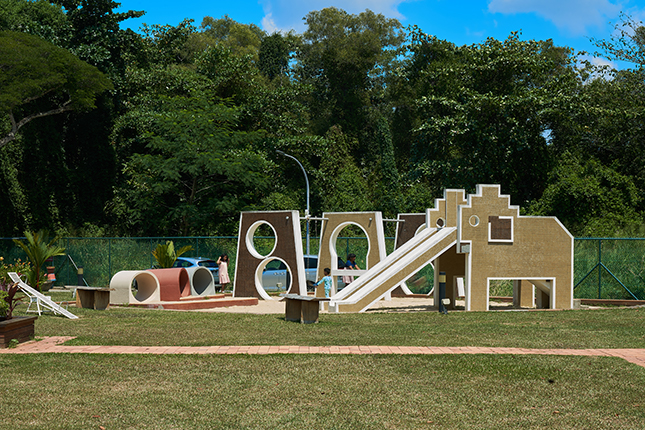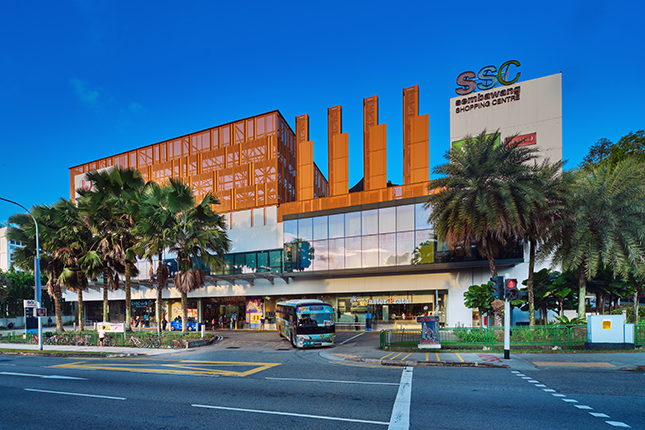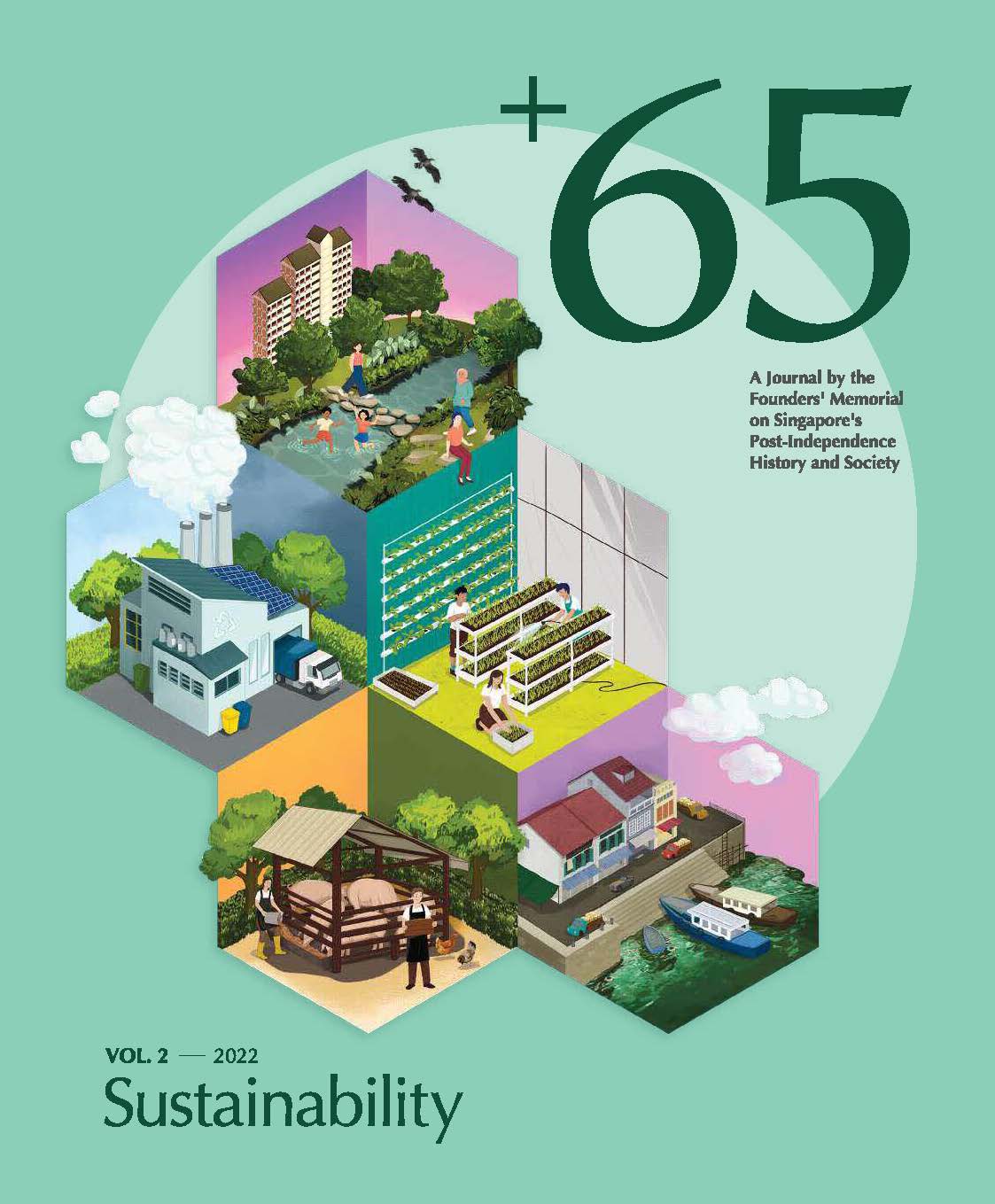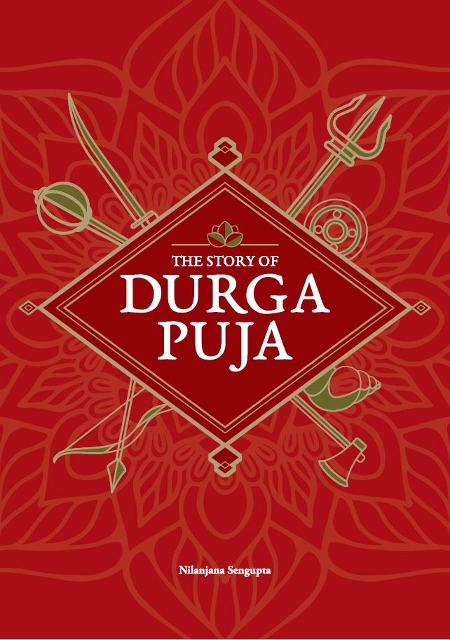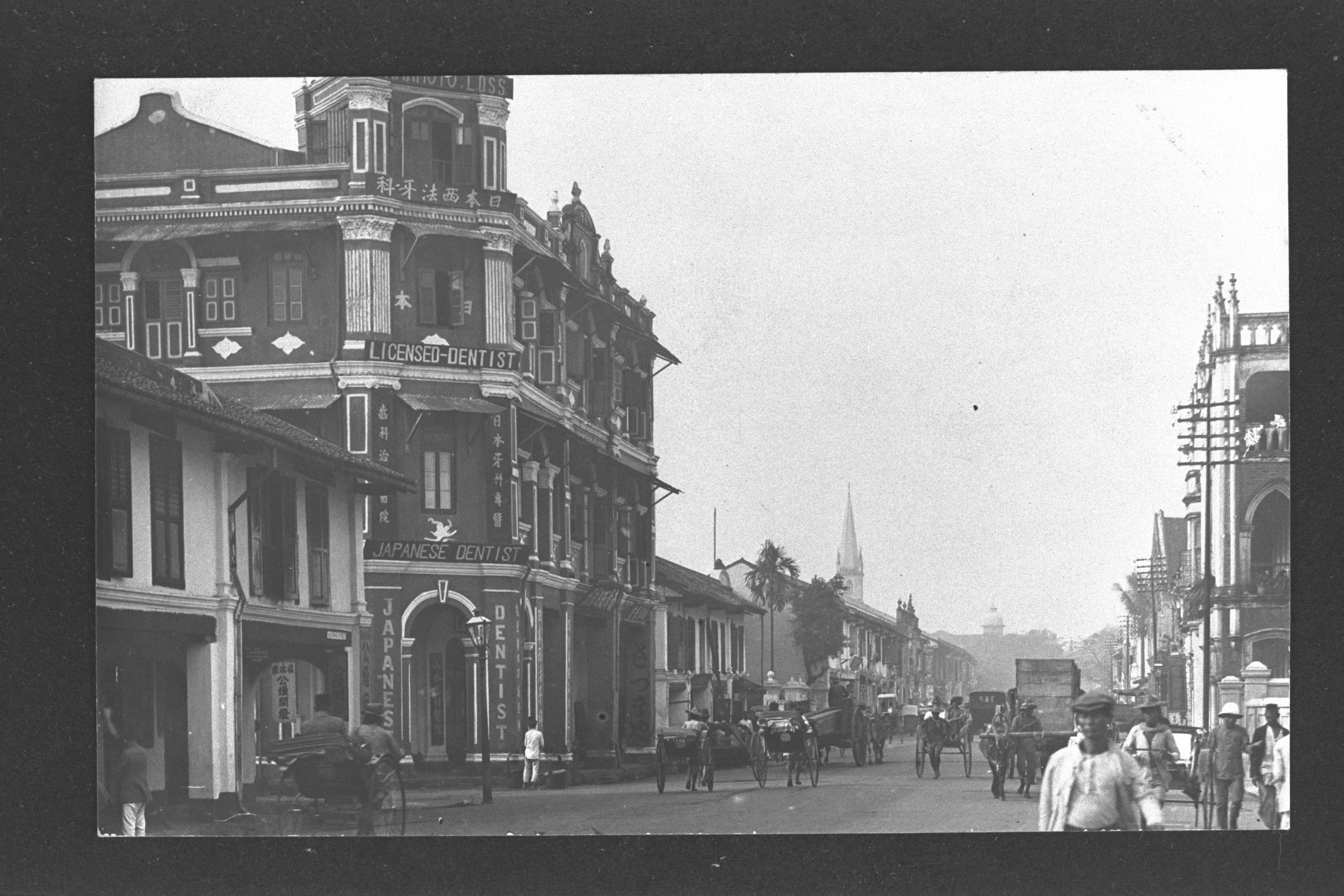“Kasut Manek” (beaded shoes or slippers) were traditionally worn with the “sarong kebaya” (blouse and skirt cloth) or the “baju panjang” (long tunic). The slipper face is covered with bead embroidery or threading. This is a technique where coloured seed beads are stitched onto a base fabric using needle and thread. The seed beads used were usually Rocaille beads imported from Europe. These were made of glass and faceted. Such bead embroidery was usually done on velvet or plain weave cotton and required the use of a frame or ‘pidangan’. The decorative motif of guppies on the slipper face suggests a Chinese influence in the design as guppies are symbols of prosperity in the Chinese culture. An interesting observation is that the beaded slippers for Peranakans in Myanmar embrace the colours of blue and green. These are colours that Peranakans in the Straits Settlements avoided as they are considered mourning colours.




